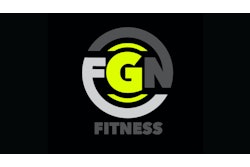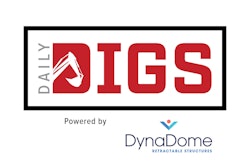Recently, a club owner found himself in the middle of litigation with a former employee looking to collect on unemployment insurance. The former employee made a compelling case, but the club owner did one better and had compelling documentation.
Most independent health club owners, and business owners in general, have cultivated a unique kind of disdain paperwork. However, keeping meticulous human resources records can save thousands of dollars in legal expenses, should an employee leave on less than friendly terms.
It is important that EVERY employee have a complete file with the HR department or manager. The file ought to track everything from the resume and application to the exit interview.
Along the way, there should also be standard employee reviews, commendations, disciplinary forms et al, to paint a clear picture of all decisions made for all employees, be it a promotion, demotion, or firing. Documented facts are critical in backing up a health club owner’s gut instincts about employee moves.
But just showing an employee the paperwork is not enough in court. Every piece of paper relating to the employee or the position needs to be signed by the employee in question. By signing, it doesn’t necessarily mean that the employee agrees with the policy or the decision, but that they have read it – and also be sure there are witness signatures on disciplinary and termination forms, especially if the employee refuses to sign off.
Additionally, when a company makes any changes or amendments to how it does business, or the role of an employee, it is vital that this change is communicated to the employee and documented in their human resources file.
RELATED: Developing an Effective Communication Strategy
For instance, a business may implement a new procedure for opening the gym, a change in front desk protocol, or a new way of doing fitness intakes. It is not only important that every team member knows and understands this change in procedure, but that it is documented as well. By taking the time to ensure that all employees who are impacted are aware of the change, the “I didn’t know that” defense won’t be viable when the owner asks an employee why they had to get out of bed at 4 a.m. to unlock the doors at the new opening time.
Here’s a quick list of the basics that should be in every health club employee’s HR file:
- Job application
- Resume
- Resume cover letter
- Job offer letter or employment contract
- Emergency contact information
- Signed employee handbook acknowledgment form showing receipt of employee handbook
- Checklist from new employee orientation showing topics covered and by who
- Copies of any performance appraisal used or employee development plans
- Notes on attendance or tardiness
- Performance improvement plan documentation
- Disciplinary action reports
- Employee recognition presented such as certificates, recognition letters, etc.
- Employee resignation or termination letter
- Exit interview documentation
- Employment ending checklist
John Agoglia has spent nearly two decades either working in health clubs or writing about them. He currently writes for several digital and print publications and provides marketing strategy and content services to companies in and out of the fitness industry.




































